Picture this: you’re sitting peacefully on your couch when suddenly, a pair of tiny needle-sharp teeth find their way to your fingers. If you’re a dog parent, this scenario probably sounds all too familiar. That mixture of joy and mild panic when your furry friend decides your hand makes the perfect chew toy is something millions of dog lovers experience every day.
The truth is, dog nipping sits in that confusing gray area between adorable puppy behavior and genuine cause for concern. Understanding the difference can save you countless sleepless nights wondering if your precious pup is destined to become a problem dog.
The Natural World of Puppy Mouths
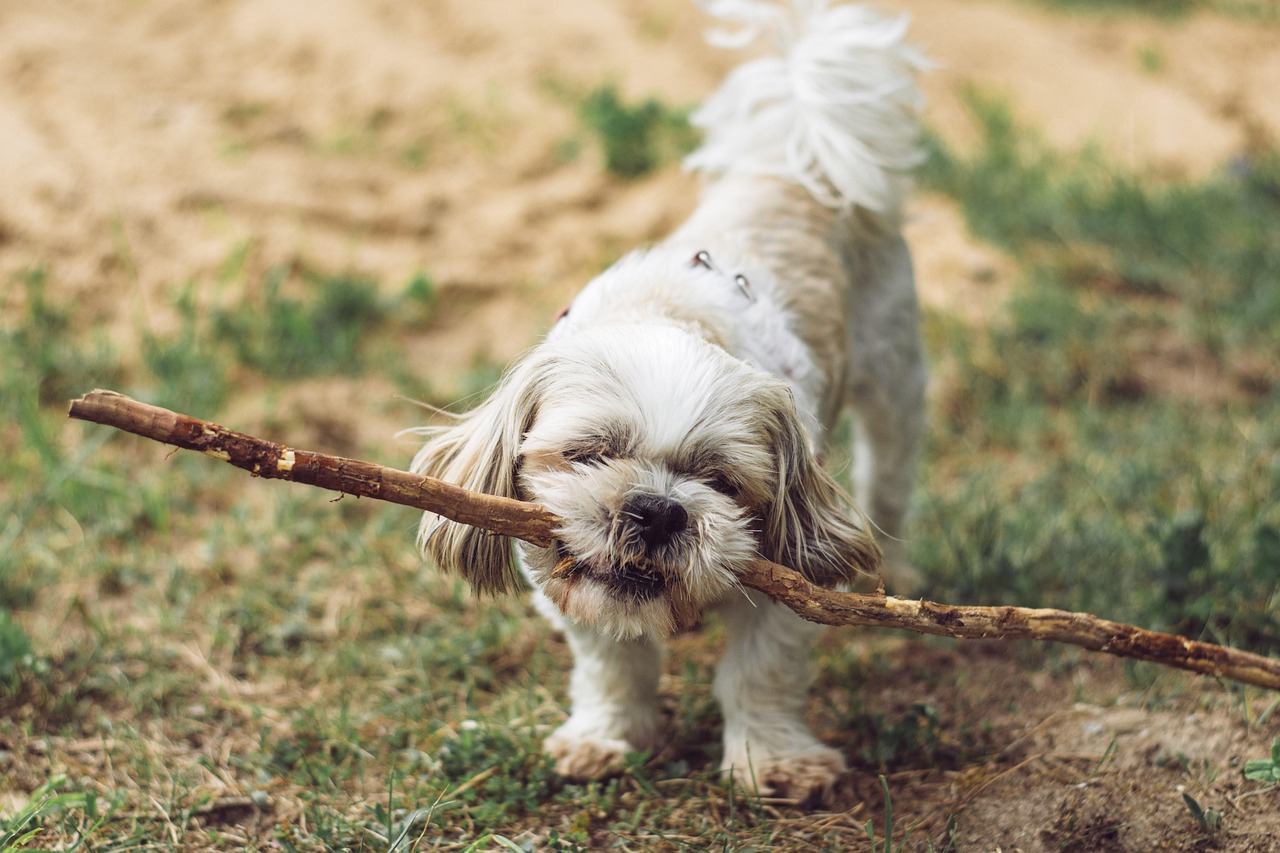
Playful mouthing is normal behavior for a puppy or young dog, and honestly, it’s one of the most natural things they do. Much like babies, puppies use their mouths to learn about the world. That, plus the inevitable need to teethe, leads puppies toward behaviors such as mouthing or jawing on objects. Think of your dog’s mouth like your hands – it’s their primary tool for exploring, investigating, and interacting with everything around them.
Puppies use their mouths and their needle-sharp teeth to play, chew, and investigate. When puppies play with people they often bite, chew, and mouth on people’s hands, limbs, or clothing. Yet what seems alarming to new dog parents is actually a crucial part of development. This behavior is not intended to be aggressive, however it does get harder to break as your puppy gets older.
Puppy biting is normal, expected, and temporary when we meet it with clarity and intention. It’s simply how puppies explore their world and learn the skills they need for a softer, more thoughtful mouth. Every puppy goes through this phase, and with patience, they all emerge with better mouth control.
Reading the Signs: Playful vs. Problematic
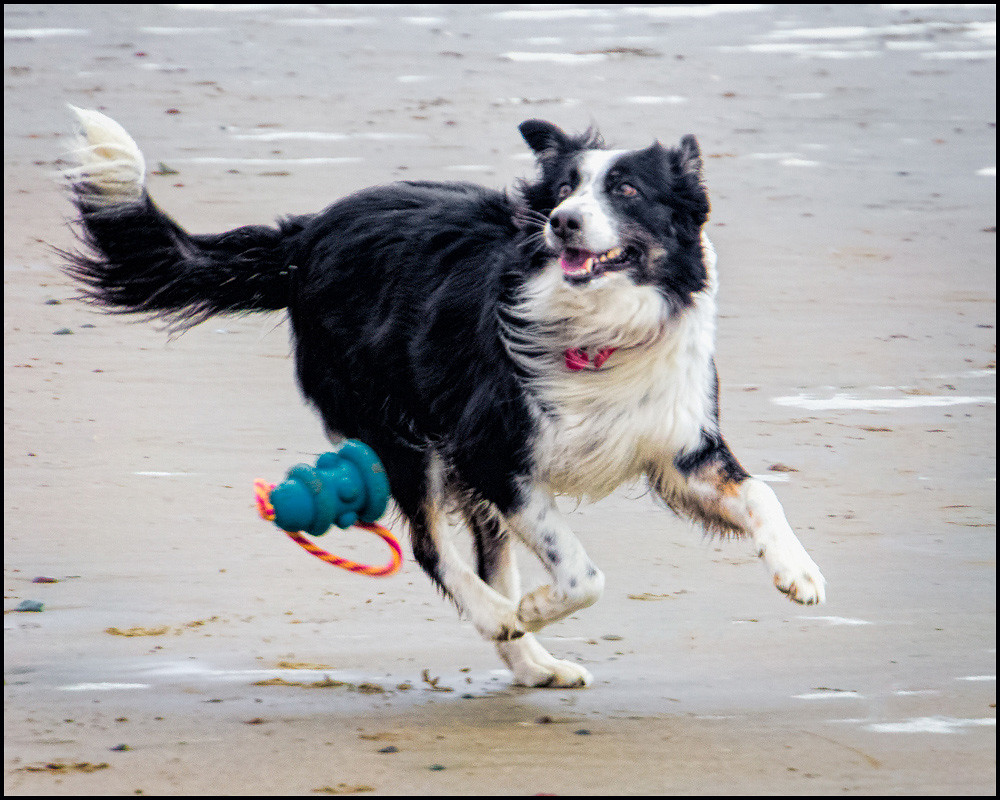
Understanding your dog’s body language makes all the difference in determining whether nipping is innocent fun or something more serious. In most cases, a playful dog will have a relaxed body and face. His muzzle might look wrinkled, but you won’t see a lot of tension in his facial muscles. Playful dogs have a pliant, relaxed body posture, and their tails may be held low and wagging. Playful nipping or mouthing is usually not painful.
However, warning signs do exist that every dog parent should recognize. Most of the time, an aggressive dog’s body will look stiff. He may wrinkle his muzzle and pull back his lips to expose his teeth. Serious, aggressive bites are usually quicker and more painful than those delivered during play. If your dog is tense when she nips at you or bares her teeth, this might be a sign that the behavior is less than friendly.
For example, a wagging tail or bouncy movements typically means playfulness. Meanwhile, a stiff body or raised fur could be a sign of aggression or fright. Trust your instincts – you know your dog better than anyone.
The Teething Truth
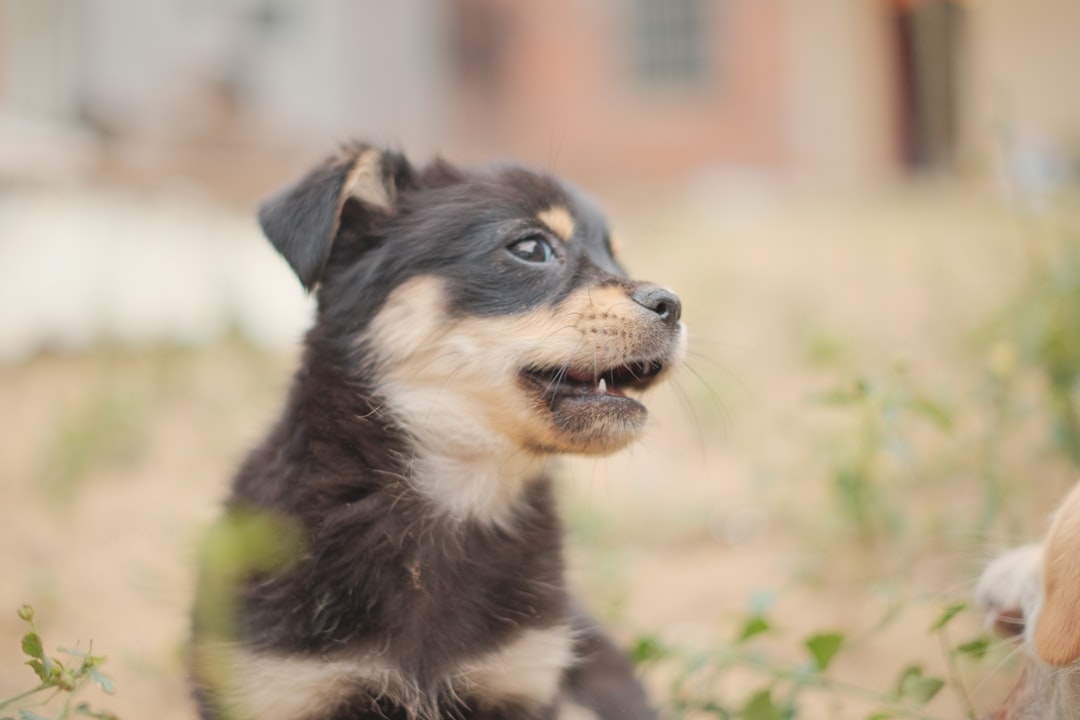
Puppies start teething around three to four months old. If you bring your dog home around eight weeks, the teething process will begin a month or two later. Teething lasts into adolescence, with most dogs getting their adult teeth between six and seven months of age. During this period, expect your little one to want to chew absolutely everything in sight.
Puppies, like human babies, go through a teething phase. During this period, their gums can become sore and irritated. Nipping and biting are their way of alleviating discomfort. Those tiny razor teeth aren’t just for show – they’re working hard to break through tender gums, and your puppy needs relief.
Until then, expect your puppy to want to chew on everything, even more so than when they first arrived, according to the ASPCA. Offering a variety of safe and appropriate chew toys can help soothe your puppy’s aching gums and redirect their chewing away from your hands and furniture. Frozen toys work especially well for providing that cool, numbing sensation they crave.
Teaching Bite Inhibition: The Golden Skill
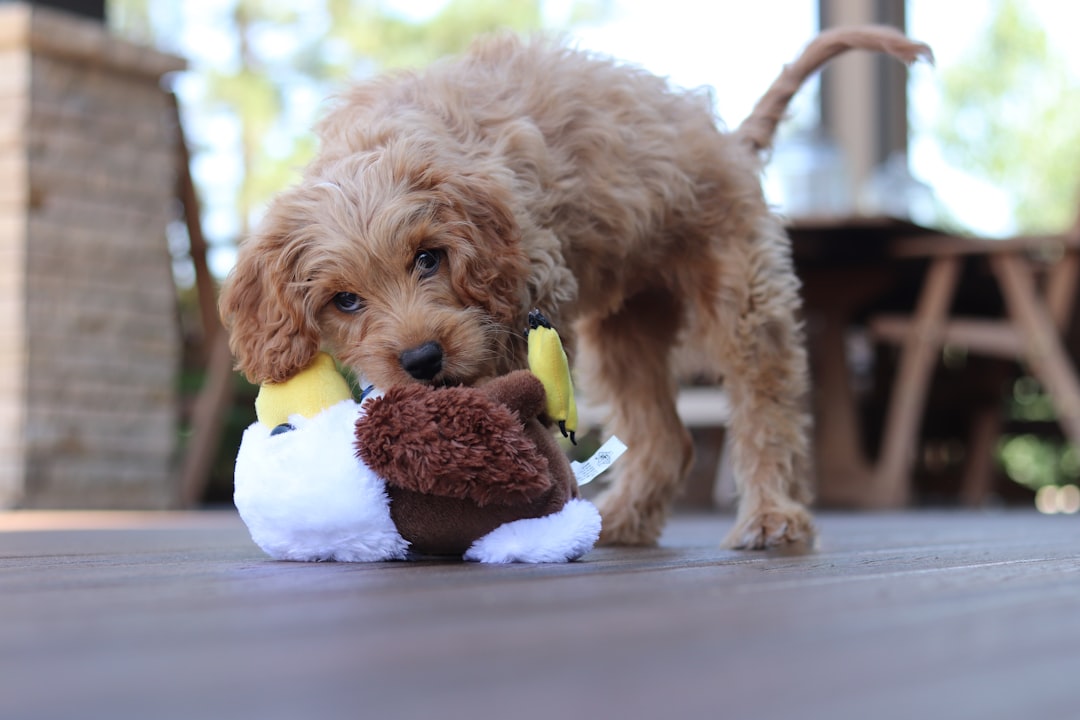
Bite inhibition refers to a dog’s ability to control the force of his mouthing. A puppy or dog who hasn’t learned bite inhibition with people doesn’t recognize the sensitivity of human skin, and so he bites too hard, even in play. This skill could literally be a lifesaver someday. Some behaviorists and trainers believe that a dog who has learned to use his mouth gently when interacting with people will be less likely to bite hard and break skin if he ever bites someone in a situation apart from play – like when he’s afraid or in pain.
The technique mirrors what puppies naturally learn from each other. Puppies usually learn bite inhibition during play with other puppies. If you watch a group of puppies playing, you’ll see plenty of chasing, pouncing and wrestling. Every now and then, a pup will bite his playmate too hard. The victim of the painful bite yelps and usually stops playing. You can replicate this process at home.
When you play with your puppy, let him mouth on your hands. Continue play until he bites especially hard. When he does, immediately give a high-pitched yelp, as if you’re hurt, and let your hand go limp. This teaches your puppy that human skin is delicate and requires gentle treatment.
Smart Strategies That Actually Work
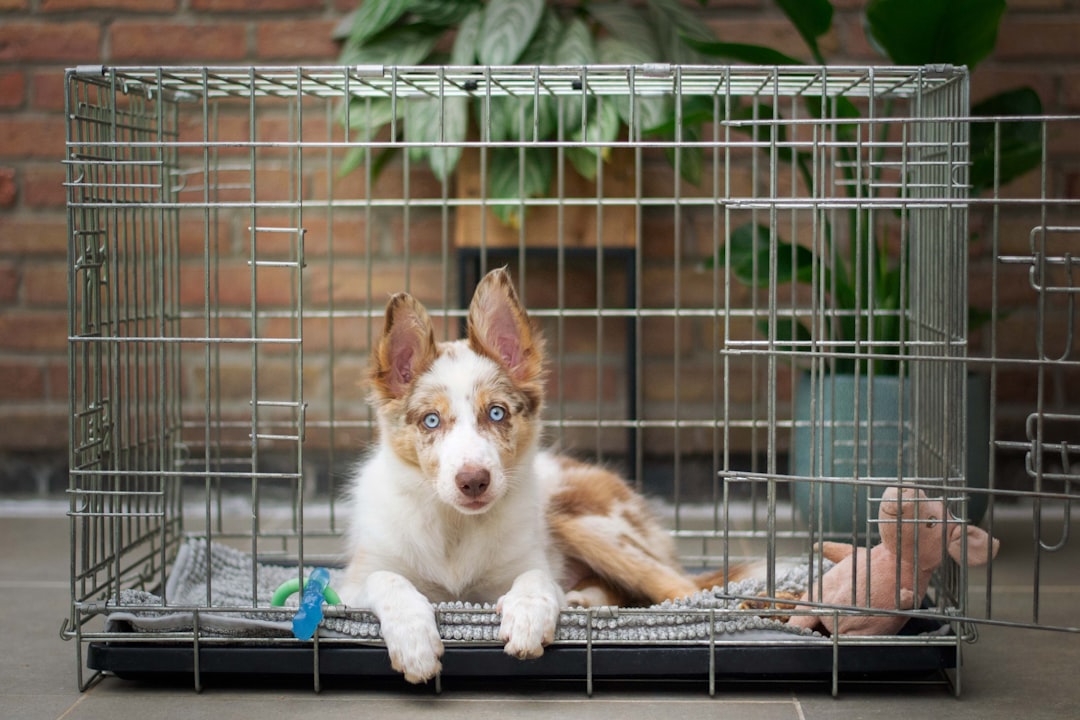
Redirection becomes your best friend in managing nipping behavior. Another tactic is to redirect their nipping behavior and give them a good chew toy. Whenever they are feeling particularly rambunctious, remove the object of their desire (your hand) from the equation and replace it with something that is more suitable to bite down on. Over time, they will learn that biting their chew toy is acceptable, while hands are not.
Timing matters enormously in training success. If your dog nips or mouths you during play or at any other time, withdraw attention immediately and walk out of the room. Wait outside for a minute or two, come back in the room and resume play. If the nip happens again, repeat the exercise until your dog realizes that nipping stops all interaction. Consistency here is absolutely crucial.
A predictable rhythm of sleep, training, chewing, exploring, and resting helps puppies regulate themselves. A well managed day is often half the battle. Structure gives your puppy the foundation they need to make better choices throughout the day.
When Nipping Crosses the Line
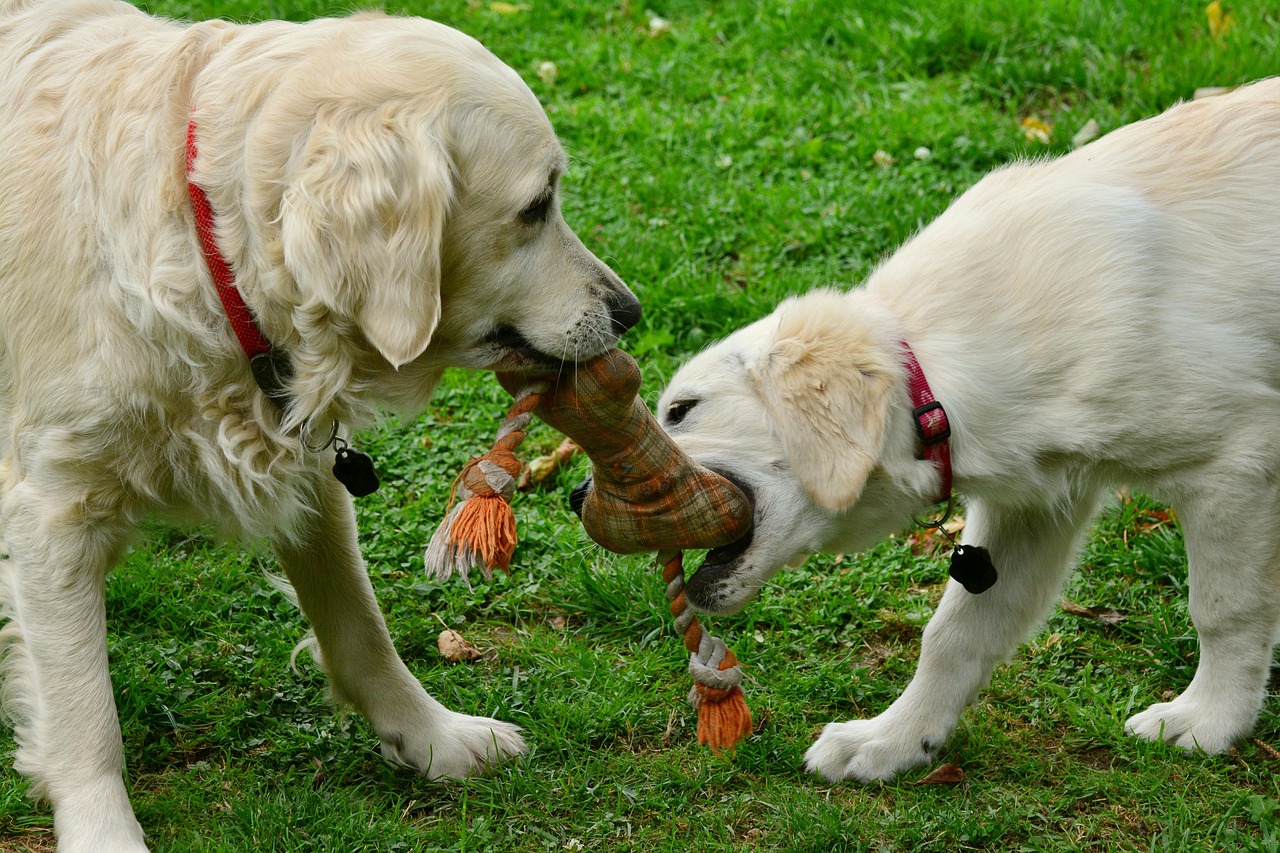
Sometimes nipping isn’t just playful behavior – it can signal deeper issues that need attention. Adult dogs that begin to bite or snap at others suddenly could also be reacting to pain or other health issues, so a visit to the veterinarian may be in order. Never ignore sudden changes in your dog’s behavior patterns.
However, if you find that your puppy nips at you at other times, such as when you reach for their food bowl or try to pet them when they’re resting, that’s not an appropriate response. Fearful or anxious dogs may resort to nipping or biting as a form of self-defense. This is often a result of past traumatic experiences. If a dog is scared, it can nip or bite as a way of protecting itself.
Some dogs are more prone to nipping in certain situations, including when they are startled or fearful. You can reduce the odds that your dog will nip if you avoid petting them when they’re sleeping, eating, sick, injured, growling, barking or seeking alone time. Respecting your dog’s space prevents many problematic situations from developing.
The Long Game: Prevention and Management
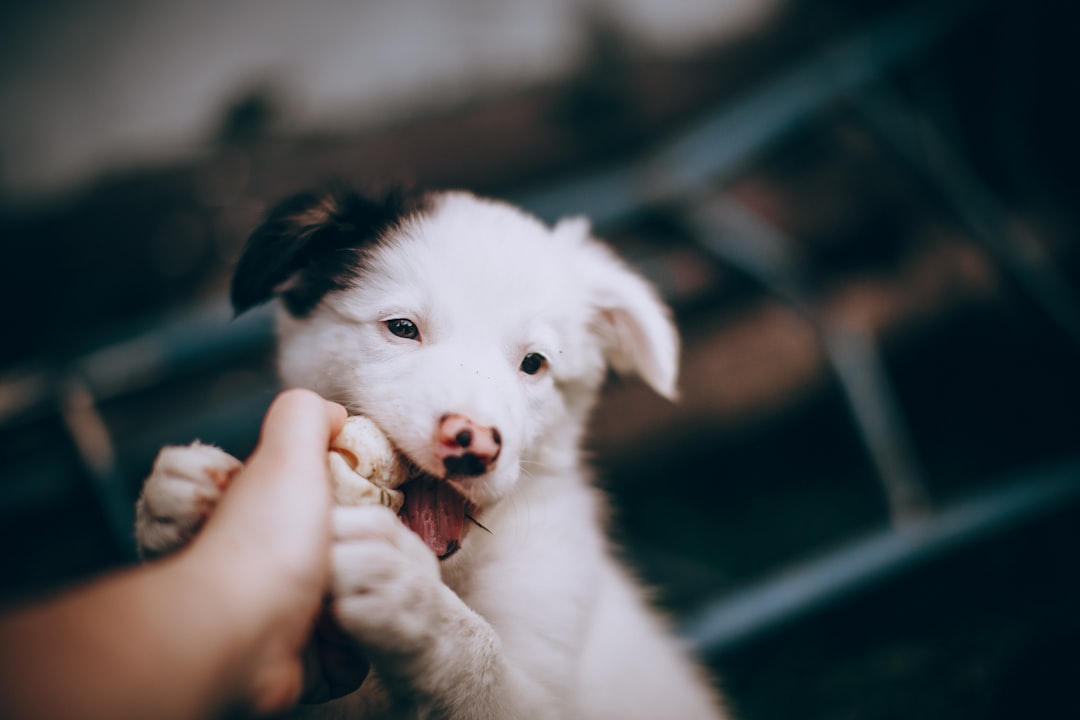
Nipping or mouthing is normal puppy behavior, but it can develop into a serious problem if allowed to continue into adulthood. If a puppy is not taught from an early age that mouthing or nipping on skin or clothes is inappropriate, then she is likely to continue into adulthood. An adult dog’s mouth can be very strong, so even when its nipping is just part of normal play, it can still cause significant damage to human skin.
The good news? Most dogs naturally outgrow excessive nipping with proper guidance. Puppy nipping is a very common behavior. It is a focal point of obedience training classes, and most dogs grow out of it by adulthood. Dogs are considered adults when they reach the age of one, but some breeds can take up to two years to reach full maturity.
Professional help becomes necessary when nipping persists beyond normal developmental stages. However, if you haven’t been able to moderate the behavior by the time they’re 6 months old, it’s a good idea to consult an experienced dog trainer or animal behavior specialist. There’s no shame in seeking expert guidance – it shows responsible pet ownership.
Dog nipping walks that fine line between completely normal and potentially concerning behavior. The key lies in understanding your individual dog’s signals, remaining consistent with training, and never ignoring your instincts when something feels off. Remember that patience and positive reinforcement will always trump punishment and fear-based methods.
Most dogs who nip as puppies grow into gentle, well-mannered adults with the right guidance. Those needle-sharp puppy teeth that seem so menacing today will eventually be replaced by adult teeth wielded with wisdom and restraint. What do you think – have you experienced the joys and challenges of puppy nipping? Share your stories in the comments below.

Andrew Alpin from India is the Brand Manager of Doggo digest. Andrew is an experienced content specialist and social media manager with a passion for writing. His forte includes health and wellness, Travel, Animals, and Nature. A nature nomad, Andrew is obsessed with mountains and loves high-altitude trekking. He has been on several Himalayan treks in India including the Everest Base Camp in Nepal.






